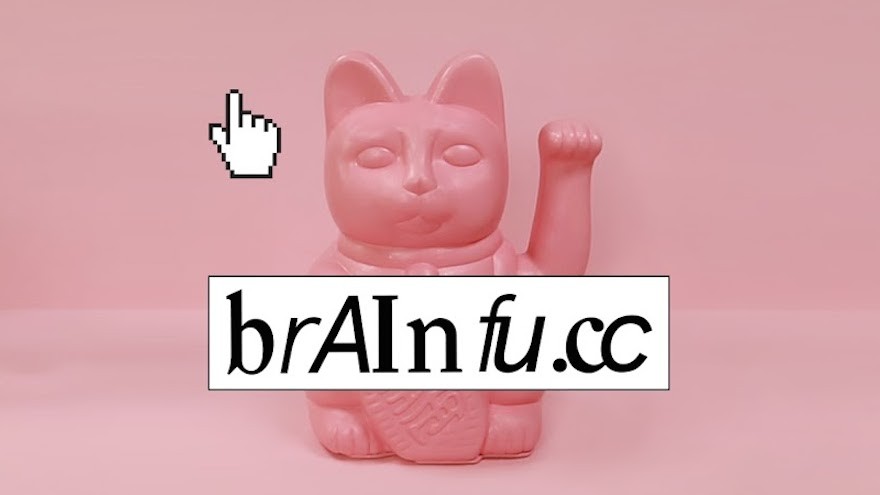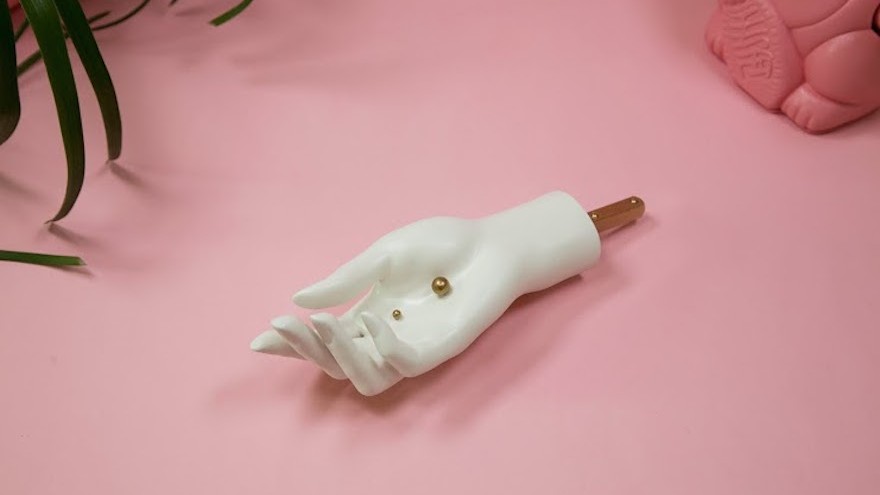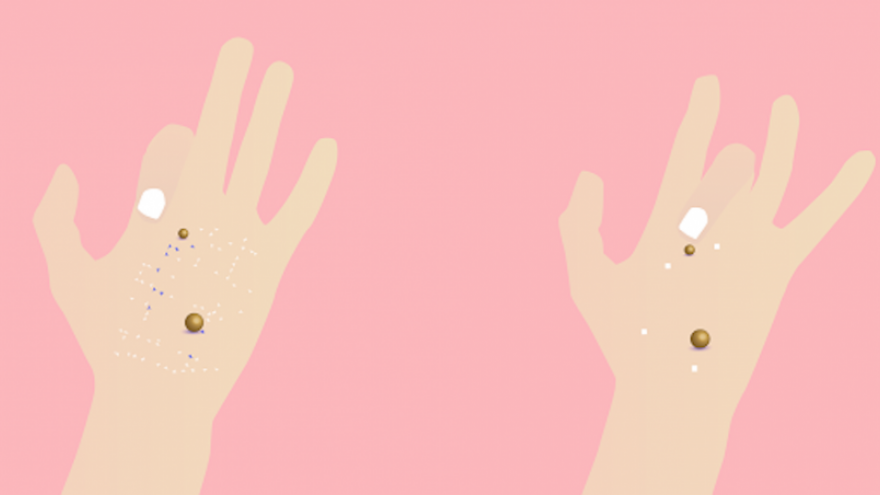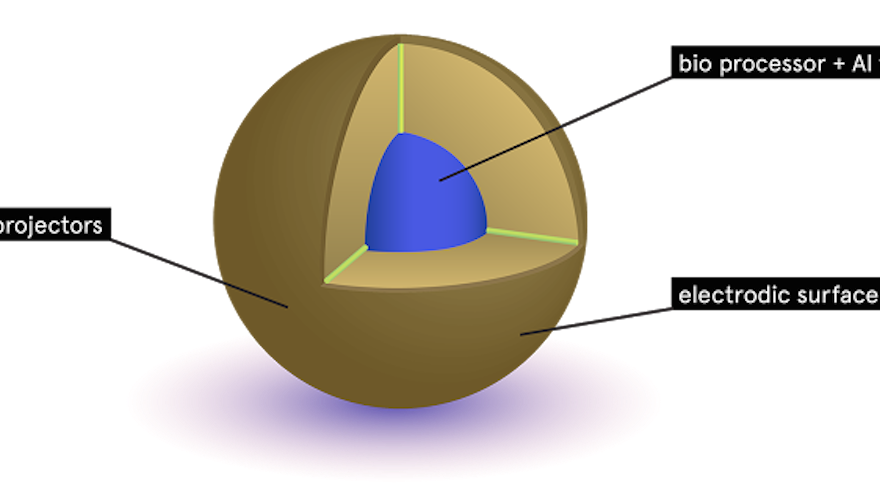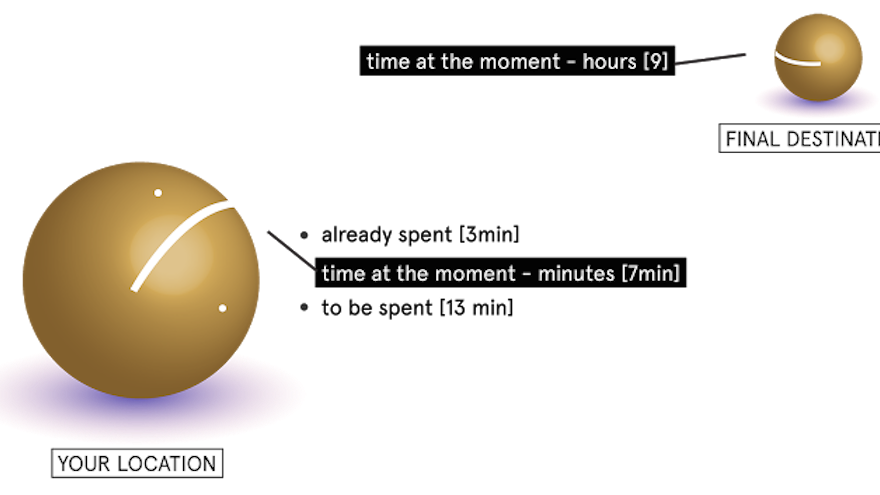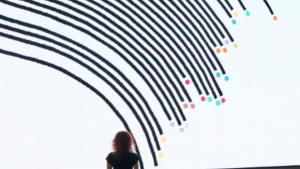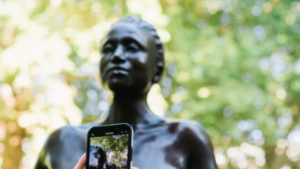Slovenian born Sara Vrbinc has designed a conceptual wayfinding system, named brAInfu.cc, that uses two marbles and gesture interaction to assist you in arriving at your destination.
Inspired by the smartphone pandemic, the information experience design graduate designed brAInfu.cc in an “attempt to rethink the relationship we have with smart technology”. The device delivers a tangible interface to the human-computer-space interaction, where technology enhances rather than demolishes our cognitive performance.
The system uses two marbles that you place in the palm of your hand. One marble marks your current location and the other indicates your final destination. The two marbles suggest your journey path according to a number of commands you can give it using just gestures.
Each finger on your hand delivers a series of commands to the marbles, which assist you in finding your way. For example, if you find yourself at a cross roads, simply tap your index finger to your second finger and the marble will roll either left or right suggesting which way to go.
Vrbinc also proposes projection-mapping schematic graphics onto your skin through the marbles.
What’s the problem with the good old GPS system?
“Nothing,” says Vrbinc. “The problem is how we interact with it. Navigational apps are likely to prevent the creation of a cognitive map inside of your brain, which gets created when you are aware of the space. This cognitive map in the brain later serves as our basic repository for thinking and planning future steps and actions. Your GPS app will take over the process of insight, planning and decision making you rely on the app’s suggestions, so your behaviour in a space is somehow controlled by the app and its creators.”
“Because you aren’t paying attention to the environment around you, your brain doesn’t record your movements and as such when your phone dies your cognitive map is empty and you’re lost”
The psychological state of mind people find themselves in when their GPS dies is comparable to the behaviours of people suffering from cognitive diseases such as memory impairments Vrbinc believes.
Vrbinc’s research into way finding began when she was researching the ways in which design acts as a mediator between technology and perception for people. She concluded that design enables the interaction by providing the interface to technology and so changes the role of technology into either aid, extension or replacement to our senses
brAInfu.cc is an interaction design for future environments, bred out of a dystopian anxiety of how, after our heavy reliance on GPS, we might experience the future. The design aims to mediate between technology and our cognitive abilities by eliminating the graphical interface of the GPS system and reconnecting users and their technology back into the environment.
“When I finished the conceptualisation,” she says, “I contacted scientists and mechanical engineers asking if such a thing was possible and they said, ‘of course’. It might be a bit bigger and more clumsy once it’s developed, but in the future it might be exactly as I imagined it through my project.”
Vrbinc started and completed her system, brAInfu.cc, while on exchange at the Royal College of Art but will graduate from Aalto University in Helsinki, Finland.

